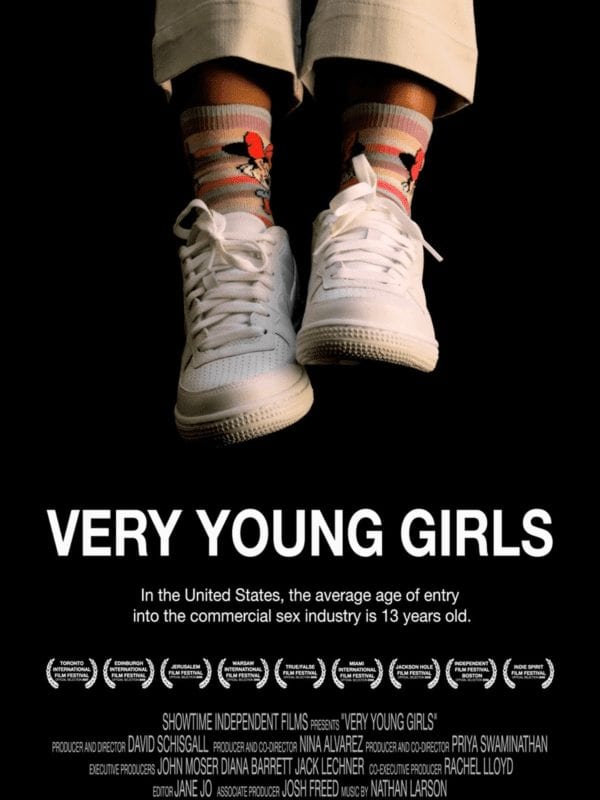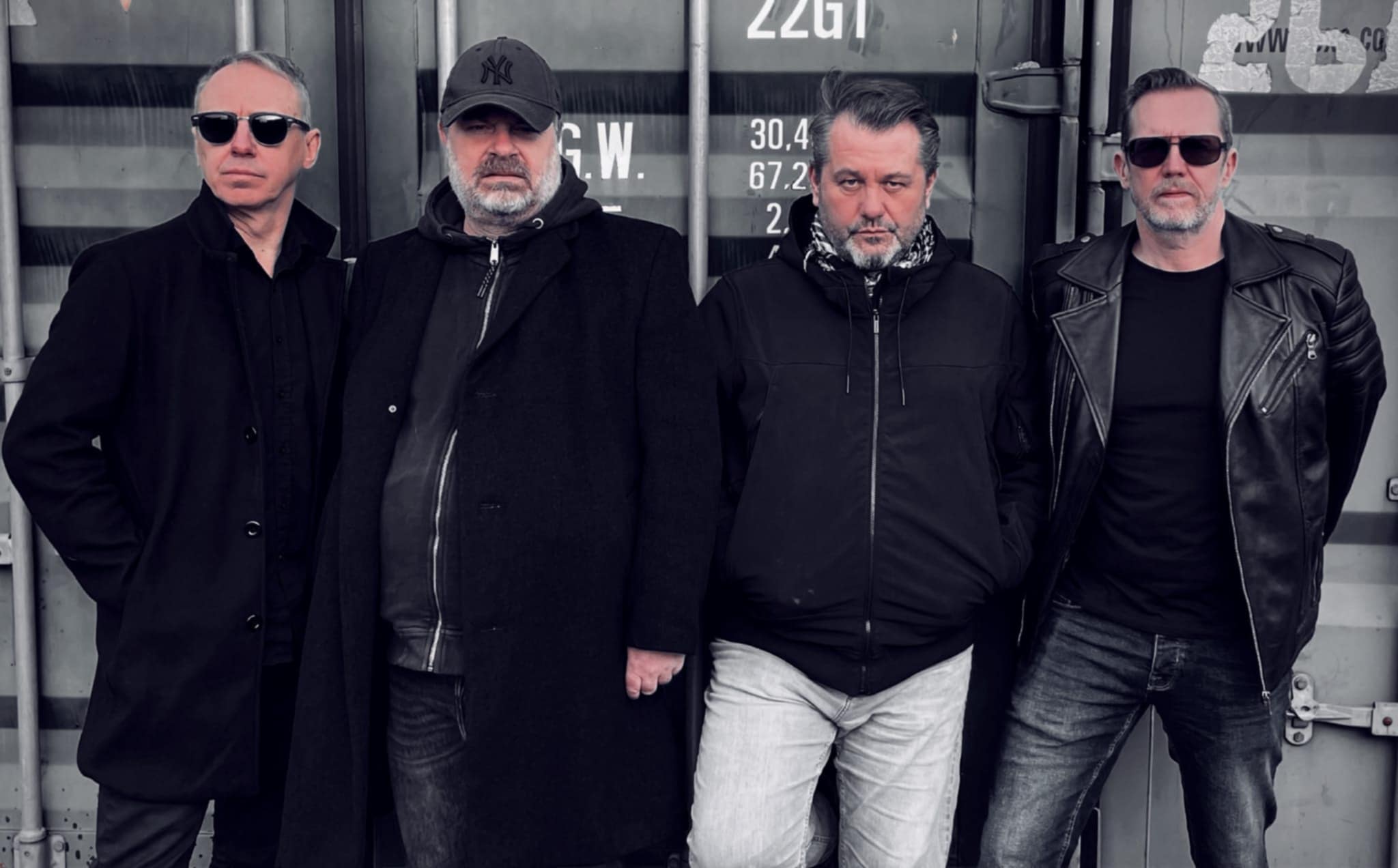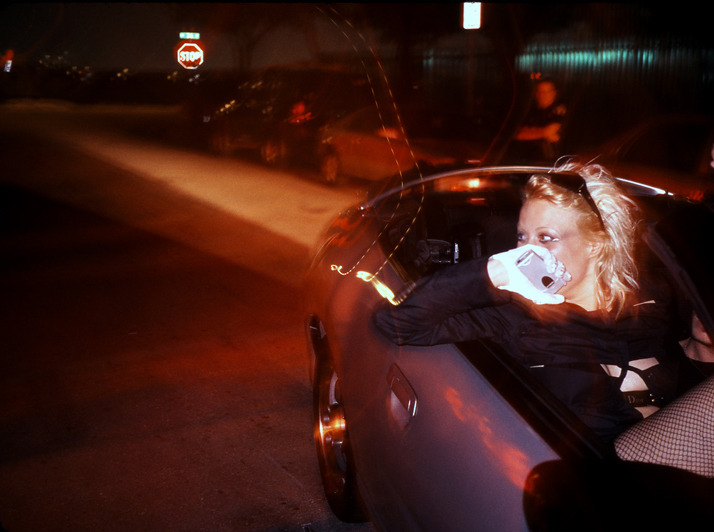Film poster of the documentary “Very Young Girls”
(NEW YORK) – The shocking difference in laws and treatment between domestic and internationally trafficked teenage girls in the United States in the early 2000s led filmmaker David Schisgall on a mission to change the narrative of prostitution in the country. He did this by creating the documentary “Very Young Girls,” which followed a group of sexually exploited teenage girls in New York. Through intimate interviews and vérité storytelling, “Very Young Girls” exposed how young teenage girls were manipulated by pimps, struggled to break free, and continued on their difficult journey to recovery. Schisgall recently shared with The Click how he developed and produced the documentary.
Research and Discovery
While developing a television series about traumatized teenagers in conflict zones, Schisgall learned about international human trafficking. In the course of his research, he discovered an organization called GEMS, Girls Educational and Mentoring Services (GEMS), just a mile away from his New York City office. This program helped and housed sexually exploited and domestically trafficked teens and young women.
Schisgall contacted GEMS founder Rachel Lloyd and over the next several months, filmed and crafted his documentary. “The community at large really looked down upon these girls and did not recognize them as victims at all,” said Schisgal, who was determined to change this opinion.
Through GEMS and its teen clients, the documentary attempts to show the injustice of the U.S. laws on human trafficking. In the early 2000s, when the documentary was made, federal human trafficking laws provided services and aide to victims from outside countries but if trafficked domestically, victims were often arrested for prostitution, Schisgall said.
Filming the Documentary
For nine months Schisgall worked closely with Lloyd to film interviews and capture the environment at GEMS. “I would say the main obstacle was that we didn’t want to do anything that was going to put anybody in danger,” he said. “And that also included psychological danger.”
Schisgall had to turn away a few teenagers who wanted to speak about their victimization because the GEMS staff thought the experience would be harmful to their recovery process.
For the interviews, the victims told their stories straight to the camera in front of a simple black backdrop. This allowed for a personal connection with the viewer. All of the other scenes were tightly framed so the viewer felt like they were in the scene listening to the victims.
Giving these teenagers the opportunity to speak about their victimization and their everyday lives was an important part of their recovery. It gave the victims an opportunity to accept their experiences and move forward, rather than simply internalize their feelings.
Crafting the Documentary
With around 400 hours of footage, Schisgall had a plan of the overall story that he wanted to document. “Each girl was going to tell a part of that story that they told best,” said Schisgall. Together the interviews gave a first-hand account of the different stages of these victims- the recruitment by pimps, the abuse, the recovery, and sometimes the relapse and return to their abusers.
Schisgall even obtained home videos of pimps Anthony and Chris Griffith which documented their daily lives. The videos gave an inside look at a pimp’s perspective of the operation and how horrifically they treated and manipulated these teenage girls. A few of these teenage girls seen in these home videos were interviewed in the documentary and were enrolled in the GEMS program.
“Very Young Girls” highlighted the tireless work of Lloyd and other GEMS counselors who shelter and support these victims. Schisgall captured the emotional connection between the victims and their counselors and how the girls’ successes and failures impacted their counselors on a personal level.
The Aftermath
“Very Young Girls” originally aired on Showtime in 2007. Over time the documentary gained more viewers through various other outlets. These viewers voiced their opinions of the Safe Harbor Bill, a bill that protects child victims of human trafficking from being criminally prosecuted, to their state representatives and congress. After viewing the documentary, Beyonce was inspired to use her voice to spread awareness of sex trafficking. She visited GEMS to speak to the victims and even brought some of them on stage at a concert.
Law enforcement paid attention to the film and changed its training program. Training sessions for police officers now included lessons and tips on how to handle situations where they may encounter teenage human trafficking.
Additionally, the film was part of multiple film festivals including the Toronto International Film Festival, the Edinburgh International Film Festival, and the Independent Film Festival Boston.
“One of the things I’m most proud of with this film is that in many of the GEMS and in a lot of the GEMS types of organizations one of the first things they do when a girl walks to the door is sit down and have them watch this movie,” said Schisgall.


